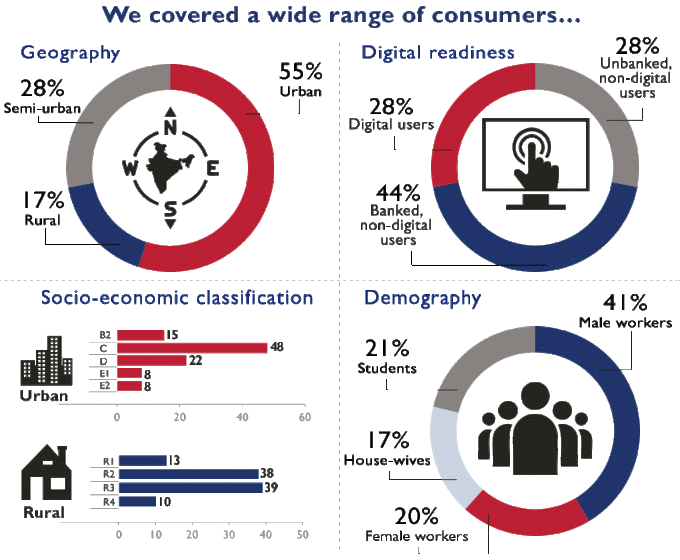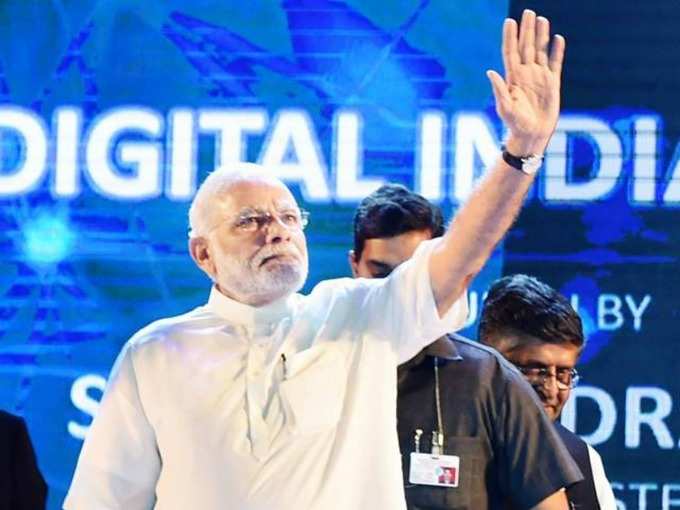 Among the most ambitious projects that have enjoyed great attention by Prime Minister
Among the most ambitious projects that have enjoyed great attention by Prime Minister The report relating to this project prepared by USAID -- titled ‘Beyond Cash’- was released recently highlights the current behaviors and perceptions of digital payments in low-income communities in India, and suggests ideas on how policy makers can accelerate the adoption of digital payments in the country. The study was conducted by strategic advisory firm Dalberg in six locations across four states.
Indicating the potential of inclusive digital economy, the report carried most intricate data pertaining to the avenues that
The data indicates that across India 97 percent of retail transactions are conducted in cash or cheque. Surprisingly, only 29% of bank accounts in India have been used in the last three months, only 6 percent of merchants accept digital payments, and just over 10 percent of consumers have used a debit card for payments in the last year.
Schemes such as Pradhan Mantri Jan-Dhan Yojana, supported by the Aadhaar; India has already made some important strides into the area. Add to this, one billion mobile phone connections and you will see universal financial inclusion taking stronghold in the country. However, the use of digital payments in the country remains limited and this needs to be addressed.
Digital payments can help consumers and merchants spend their money more safely and securely, save and build credit profiles for lending opportunities unavailable in the informal banking sector, and participate in a growing online economy. According to the
The report Beyond Cash suggests a few ideas to drive greater consumer and merchant adoption and use of digital payments. These ideas include:
• Create opportunities for consumers to make digital contributions to micro-savings products.
• Incentivize current users to deepen use and bring other consumers onboard.
• Enable merchants to try digital payments at low or no cost.
• Digitize retailer-to-supplier payments.
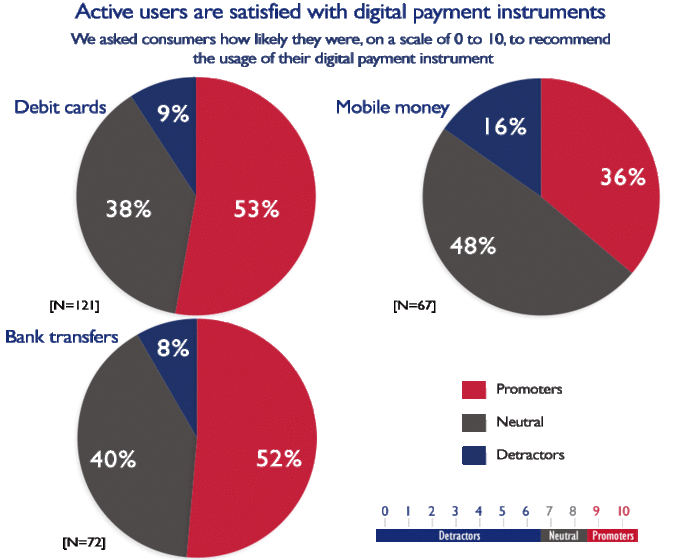
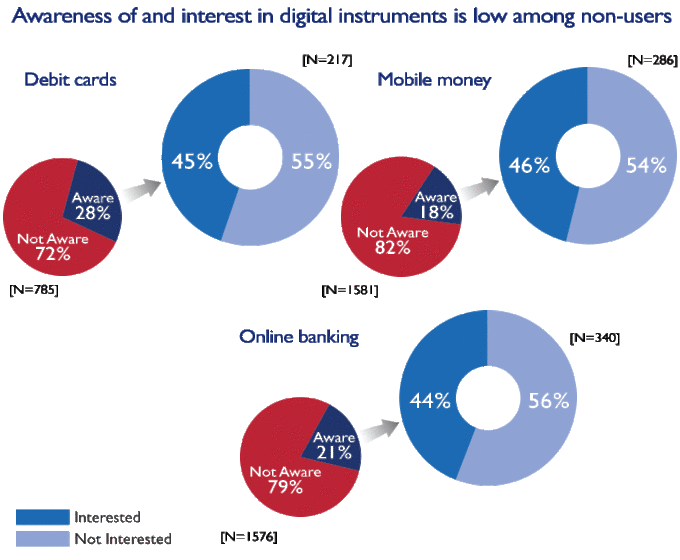
Matthew Homer, a Senior Policy Advisor on Digital Finance at the United States Agency of International Development (USAID), lays open the potential, the challenges, solutions and way ahead for universal inclusive digital economy for India.
BI: What are the solutions that India can focus on - both short term and long term (considering the majority low income demography and poverty)? Essentially how would you rate government's efforts and what are the necessary suggestions?
Matthew: India is making tremendous progress with regard to financial inclusion. Aadhaar has created an enabling environment in which PMJDY and digital direct benefit transfers (DBTs) can take hold. These are important foundational elements of India’s journey to widespread and meaningful financial inclusion. Another critical element on this journey is to ensure that all Indians have the opportunity to actively participate in India’s growing digital economy. Very few merchants in India currently accept digital forms of payment, and those who do are unlikely to serve poor consumers. Solving this is a critical piece of the financial inclusion puzzle. As more and more low-income consumers are obtaining accounts, and DBTs are flowing into those accounts, being able to make active use of these accounts requires greater merchant acceptance of digital payments.
Finding ways to increase usage of digital payments between merchants and consumers is an important short- and medium-term step toward a more inclusive and active digital economy that extends across society, including to low-income demographics. In the long-run, sustaining focus on this issue will be critical for both the government and the private sector. It’s important that the private sector sees a long-term opportunity to viably and responsibly meet the
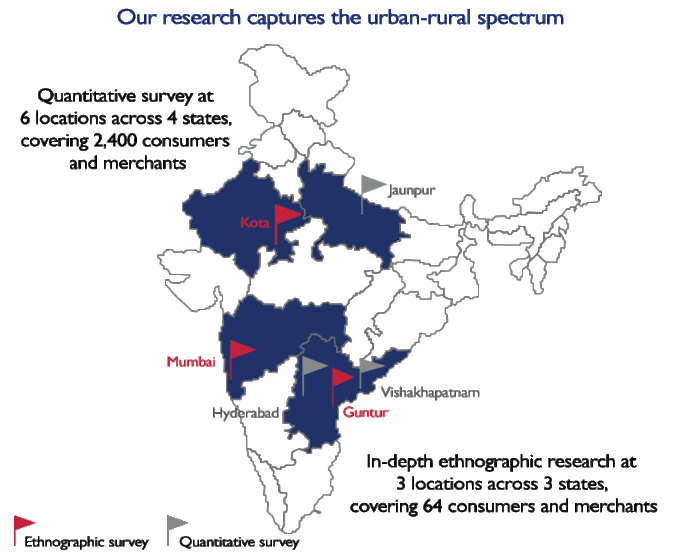
BI: In a country like India the major problems are reaching out to public, low income and the necessary digital infrastructure to support the initiatives of financial inclusion. How do you see that?
Matthew: With one billion mobile phone connections in India, mobiles have the potential to be one of the most effective channels for delivering critical services to the public, particularly low-income and underserved communities. However, without effective and widespread digital infrastructure, it will impossible to achieve deeper financial and economic inclusion for all of India’s citizens. The public and private sectors both have a role to play in building this infrastructure, and we have seen important public sector investments in payment systems and other critical digital infrastructure. To effectively meet the last-mile access needs of low-income and rural populations, significant private sector leadership is needed. For example, building a digital payment network that reaches all of India’s merchants can’t be accomplished without compelling business models that are attractive to merchants, consumers, and other other private sector stakeholders. This is one of the goals of the Partnership we’ve organized with the Ministry of Finance, one which includes nearly 40 private sector member organizations.
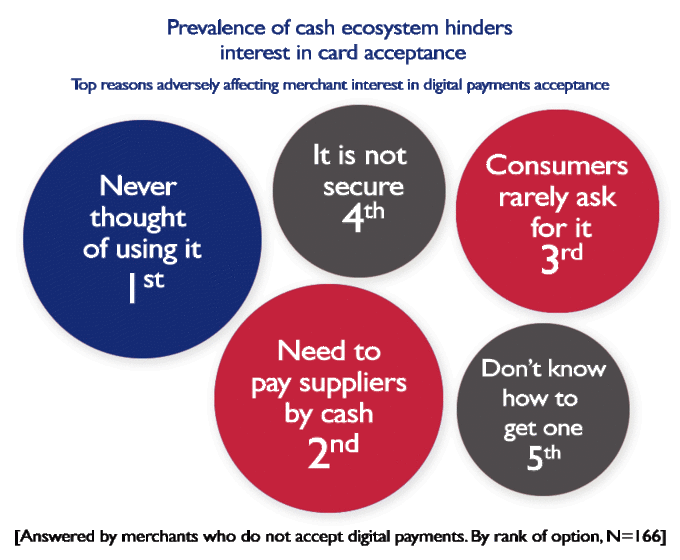
BI: What can India do to achieve next level of economic gains through digital? World is already watching India and its economic outlook with great optimism but problems and challenges are plenty. How tech can help achieve the dynamism India is looking for?
Matthew: Transitioning from cash to a less-cash digital economy won’t happen overnight. Digital infrastructure, like digital payment networks at point-of-sale, is an important enabler. But just as important is creating incentives for this shift to happen. Enabling must be coupled with incentivizing. Technology and innovation can have a huge impact, especially when they are accompanied by effective policy incentives and business models that reach low-income populations. Among population segments that are generally unaware of these tools, targeted marketing that appeals to the needs and wants of specific population segments can also be essential.
BI: Many people are under extreme poverty and many are struggling for basic financial necessities. What could be done through digital tech based on the ideas and findings of the report? How to catalyze India's digital growth and what impact it would have globally?
Matthew: Digital finance tools such as digital payments can help alleviate poverty in a number of ways. This can include, for example, enabling low-income consumers to store and save their money more safely and securely, reducing the amount of time needed to travel to obtain or cash a check, improving ability to handle emergencies, and developing a digital transaction history that can be used to provide access to additional financial services such as credit. Importantly, digital payments also enable consumers to participate in the growing online and digital economy.
Our research is intended to help us better understand the financial behaviors and perceptions of consumers and merchants when it comes to making payments digitally. The report, Beyond Cash, uses quantitative and qualitative research methods to answer that question and identify potential actions that can lead to widely-used digital payment networks, particularly among low-income populations. The report also includes a rich dataset that is available for public use. As we think about extending digital payment networks to the poor, the research provides some insight about how to move forward.
● First, to increase the number of merchants who accept digital payments we must focus on creating incentives for consumers to pay electronically. Our research indicates that merchants are much more willing to accept digital payments if their customers demand it.
● Second, early adopters should be incentivized to sign up others and the cost of trying digital payments should be as easy and inexpensive as possible for both merchants and consumers. Merchants report that even if they would like to try accepting digital payments the cost of trialing is too high.
● Third, digital payments should focus on mimicking what consumers and merchants like about paper payment instruments (e.g. cash or check) while also solving for clear pain-points they experience in the cash economy. (The research identifies a number of pain points and suggests a variety of responses).
● Fourth, and to me this is the most important factor, digital payments must connect merchants and consumers with something more valuable than any digital transaction itself. For merchants, this may be the ability to reach new market segments or have access to better inventory management tools. And for consumers this could include being able to participate in the online economy or being able to more quickly pay and board a bus without exact change.
Engaging all Indians in the digital economy would benefit not only individuals themselves, but the Indian economy too. And as India identifies opportunities to lift the poor out of poverty using the digital economy, these learnings will be of keen interest across other markets as well.
BI: Digital divide, how to overcome this main problem?
Matthew: While our research doesn’t examine this larger question, it does point to the importance of designing financial services and products with a variety of users in mind. This means, for example, better understanding the use cases that appeal most to digitally marginalized populations and creating targeted outreach efforts that highlight those use cases. I think it also suggests the need to think out-of-the-box with regard to business models that meet the needs of un- or underserved consumers. Business models that work elsewhere or with other population segments may not work for these populations and we may need to try entirely new approaches. This is really what our Partnership is all about, and we’re focused on using the research we’ve conducted to now to test a variety of business models to find out what really works.

